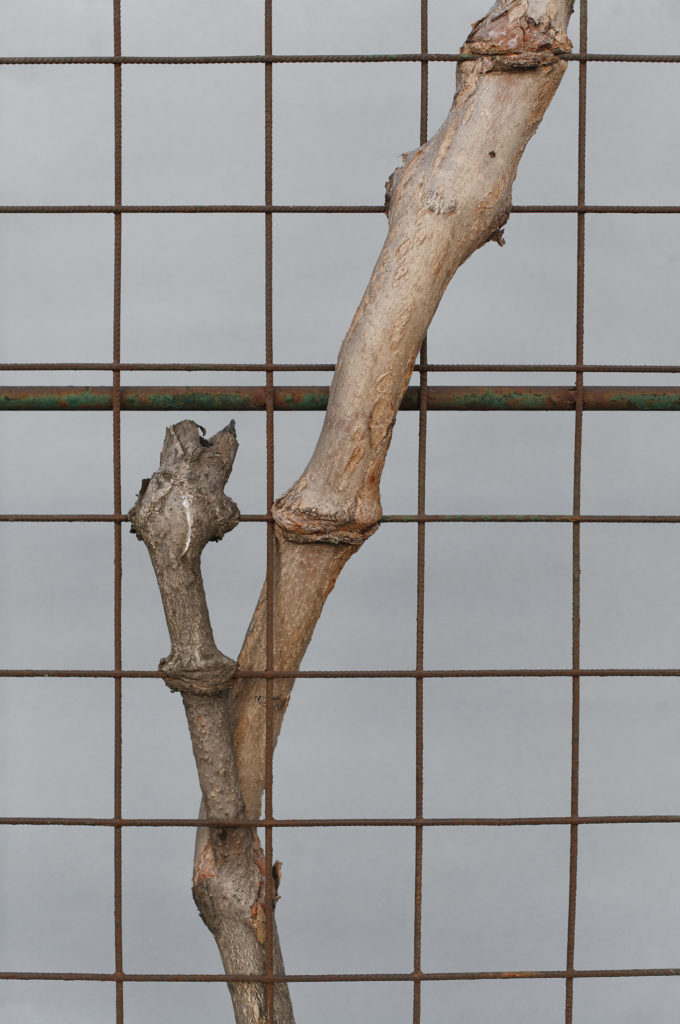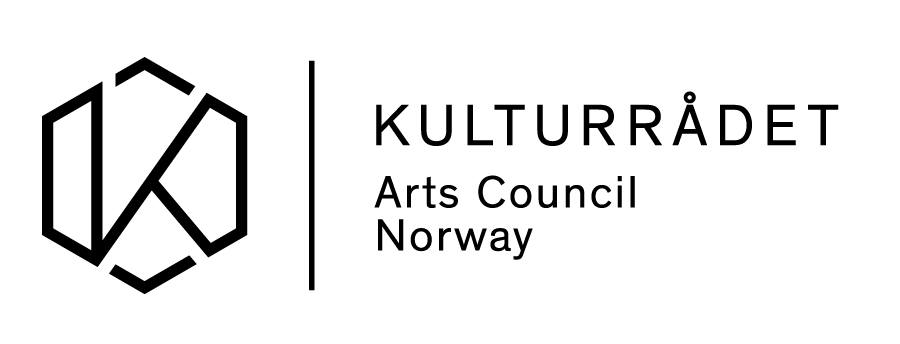
In being asked to consider ‘forms of flexibility’, we returned to the work of Catherine Malabou and the important distinction she makes between the words flexibility and plasticity. She suggests that being conscientious of this distinction might offer a new political horizon and this seemed particularly pertinent at this time, specifically from our perspective in the UK where we have most recently been instructed to ‘stay alert, control the virus and save lives’. In this series of abstract, untenable platitudes responsibility and accountability is neatly shifted from government onto us; we must control this virus by staying alert. At the same time, we wanted to consider ways in which this distinction may be implemented as instructive or performative. In Vlad Brăteanu’s works, this grid this structure, A hypnotic induction (2019) and remapping body #32 (2019), the constitutive effects of the language used and the environment it produces speaks directly to Malabou’s plea for imagining a new social reality.
In What Should We Do With Our Brain? (2004) Malabou makes clear the significance of making this distinction. Flexibility equals resilience and tolerance. To be flexible is to identify to what point we can endure what is inflicted upon us. Plasticity offers something more. To be plastic means to not only receive form but to also give it. Malabou recognises clay as plastic and capable of being moulded, but also sees plastic surgery as the art of giving form, of moulding something. Plastic is etymologically linked to plastiquer, meaning explosives. The plastic brain is therefore not only a model for a brain that can both give and receive form but one that can obliterate, change, deny, disobey and challenge. It is capable of refusal and does not need to submit to a predetermined model. The constitutive effects are clear; if we think ourselves plastic we understand ourselves as more agentive. What then, are the implications of making this distinction, when we collectively participate in our environment with this in mind?
Flexibility seems the ultimate neo-liberal virtue, meaning we are infinitely adaptable to what is required of us in order to be productive. Not for the benefit of our own self-realisation but for the good of those doing the asking. The flexible brain is a useful brain. But we can be flexible until we all too frequently break. To be plastic is to be disobedient, resistant, adaptable in a true sense. In command so to speak. To encourage an understanding of our own brain this way is to imagine ourselves anew and in turn, imagine the world anew. Why has no-one ever “valued your continued plasticity and creativity in the face of these challenging times”? To be creatively flexible is to be helpful. That foul word, creativity, has been sublimated into performance economies, it’s value now determined by the measurable outcomes of useful tasks. To offer plasticity in the face of crisis is to offer further uncertainty, infinite possibility. A potential ‘field of dangers’1.
If we were to embrace plasticity rather than flexibility as the language with which to understand our brain, we may have a chance to reconsider its function in relation to our environment and our own conscious involvement in how that is determined. Malabou adapts the question, asking not ‘To what point are we flexible? ’ but rather ‘To what extent are we plastic? ’2
Lynton Talbot
1. Lazzarato, M. 2014. Signs and Machines: Capitalism and the Production of Subjectivity. Semiotext(e), CA P.173
2. Malabou, C. 2008. What Should We Do With Our Brain? Fordham University Press, New York P.14


remapping body #32 (2019), Vlad Brăteanu
this grid this structure, A hypnotic induction (2019), Vlad Brăteanu

